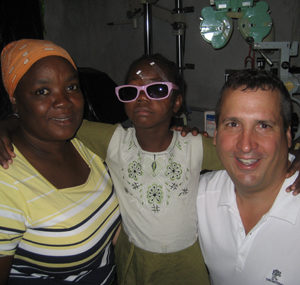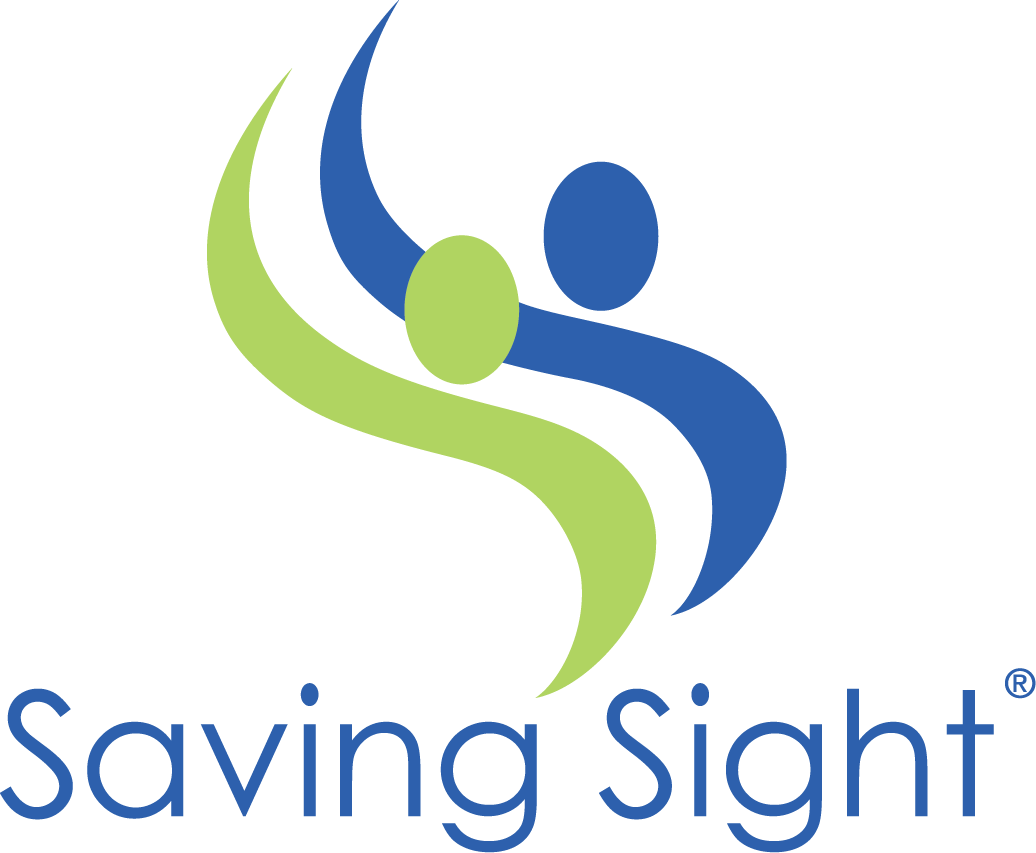
Dr. Andrew Moyes poses with 11 year-old Miriam who receive a second cornea transplant in 2011 with tissue provided by Saving Sight.
In a developing country like Haiti, vision loss can be a devastating blow to an individual’s ability to work and support one’s self, not to mention his or her entire family. Glaucoma, cataracts, corneal blindness – disorders that can be treated here in the U.S. – can sink a poor family into complete and desperate poverty. In Haiti, blindness can be lethal.
Yet, in the midst of this darkness, lies hope for thousands thanks to nonprofit organizations and mission groups as well as the dedicated volunteers who support them. Volunteers like our partner in sight, Dr. Andrew Moyes of Moyes Eye Center in Kansas City, MO, who has performed sight-saving surgeries on nine mission trips to Haiti, including corneal transplants using gratis donated tissue provided by Saving Sight.
An Ophthalmologist Discovers His Mission
When Dr. Moyes was first approached to donate his time at the Northwest Haiti Christian Mission (NWHCM), he made a financial contribution, but declined the invitation to Haiti. Soon after, as he watched a video on everything the Mission offered residents – the schools, feeding programs, birthing center, orphanages – he was moved to take his first Haitian mission trip.
In 2004, Dr. Moyes joined the surgical team at the NWHCM in the Northwest Zone of Haiti, the poorest state in the poorest country in the Western Hemisphere. On his first mission trip, Dr. Moyes and his fellow doctors performed 60 cataract surgeries; by his eighth trip in February 2011, that number grew to 162 performed in just four-and-a-half days.
In addition, the surgical team is trying to ease the devastating effects of glaucoma in the country. Said Dr. Moyes, “Glaucoma is so rampant in Haiti that one-fourth of people that we see in our clinic are blinded by the disease. Glaucoma isn’t even one of the World Health Organization’s priorities because it is so hard to treat.” However, through preventative eye exams, laser treatments to halt further vision loss, and glaucoma medications donated by Alcon and Allergan, the doctors are making headway.
“We’re trying to push back how quickly people go blind. Maybe Lord willing, someone will go blind in 12 years instead of two. When you see healthy 30 year-olds who want to work, but have no light perception because of glaucoma to perform a job, it’s enough to break your heart.”
Dr. Moyes also uses his expertise as a renowned corneal surgeon to save sight. In August 2011 for instance, he transplanted gratis tissue from the Eye Bank to restore vision to three individuals in need, including a 26 year-old male whose corneal scar affected his ability to work and an 18-year-old female who traveled from Port-au-Prince to this rural area of the country to save her vision.
But one transplant recipient who has stuck out in his mind is Miriam, an 11 year-old suffering from congenital hereditary endothelial dystrophy, a condition that thickens and clouds the cornea. Miriam received a corneal transplant in one eye two years ago – the result was so remarkable she was able to move from a special needs orphanage to one which provided her more independence. Because of a donor family’s incredible generosity here in the Midwest, Dr. Moyes was able to save her sight in her other eye, helping to provide her with a solid foundation for her future.
Continuing to Serve Both at Home and Overseas
The goal of these medical mission trips is not to perform the surgeries and walk away, but to truly help the Haitian people help themselves. Dr. Moyes and his colleagues are focused on teaching ophthalmologists in Haiti the skills they need to offer services throughout the year. In addition, because patient follow-up is so crucial after eye surgery, a Haitian ophthalmologist is available at NWHCM four days a month for follow-up exams and maintains contact with the medical team on any pertinent issues.
Even among the overwhelming circumstances – the backlog of patients, the country’s challenging infrastructure, the inability to help all who need assistance, Dr. Moyes finds hope and joy in the faces of those he’s helped. So much so that he has integrated his passion for the Haiti people into his professional life at Moyes Eye Center and into his personal life, now that his wife and four children often join him on mission trips.
“There’s not a day that goes by that I don’t think about what needs to be done, what we can do to make eye care better in Haiti. Seeing the joy in people’s faces when they realize they can see again brings such joy to my heart. As anyone on a mission trip will tell you – you go there to bring blessings to others, but you will be blessed a hundredfold by them. It feels so right to serve these people.”
We at the Eye Bank could not provide Dr. Moyes with gratis tissue for his mission trips without the compassion of donor families and the contributions of our generous financial supporters. To learn how you can pledge to give sight, whether around the world or in your own backyard, please visit our About Cornea Donation page.

